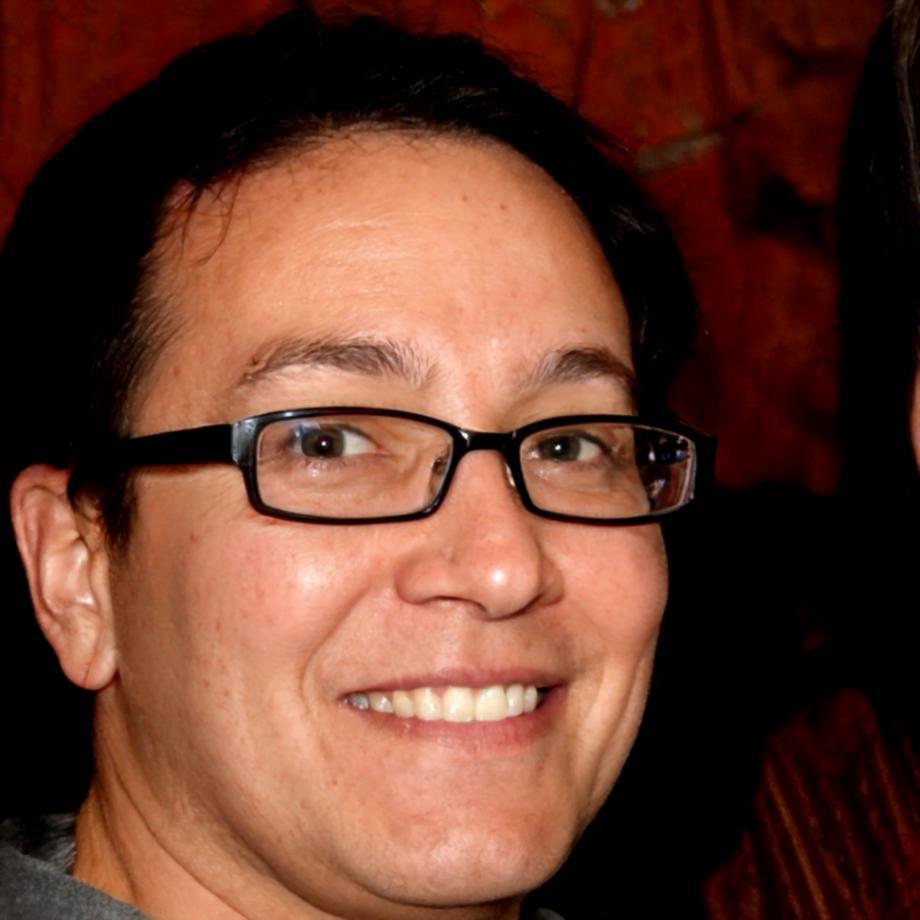Trading Without the Right Prep Is Just Gambling
Most people jump into technical indicators thinking they'll crack the market in a week. Then reality hits. Our approach? Start with the unglamorous stuff that actually matters—risk management, position sizing, and understanding why 70% of retail traders lose money. If that sounds boring, good. You're in the right mindset.
See What We Actually TeachHow We Got Here (The Honest Version)
Started in 2018 when three of us realized we were tired of courses promising moon returns while teaching garbage. Built something different instead.
Humble Beginnings in Varna
Three traders, one shared office space, and a belief that technical analysis education was broken. We spent the first year just figuring out what NOT to teach—momentum chasers, magic indicators, that kind of nonsense. Our first cohort? Eight people. Half of them told us we were too pessimistic about quick wins. Those same people still message us years later saying we were right.
Pandemic Pivot and Platform Build
When lockdowns hit, everyone suddenly wanted to day trade from home. We could've cashed in on the hype. Instead, we spent months building a proper curriculum that starts with "here's why this is hard" rather than "here's your Lambo." Built out our first digital platform and enrolled 150 students who actually wanted to learn, not get rich overnight. The Bulgaria market responded better than expected.
Expanding Beyond Local Markets
Started getting requests from across Eastern Europe. Hired two more instructors who'd actually made money trading (not just teaching). Developed our signature approach: technical indicators as tools, not crystal balls. By end of 2023, we'd trained over 400 people who understood that RSI divergence doesn't guarantee anything.
Refining What Actually Works
Cut two modules that sounded impressive but didn't help real trading. Added more on behavioral psychology and journaling because that's where people actually fail. Our October 2025 cohort is already filling up with folks who've tried three other programs first. That's become our typical student—someone who's learned the hard way that shortcuts don't exist.
What We Actually Stand For
Realistic Expectations From Day One
We start every program with failure rates. Not to scare you, but because pretending trading is easy sets you up for disaster. Our intro session covers why most people quit within six months. If you're still interested after that, we can work together.
No Guru Nonsense
Our instructors trade their own accounts and sometimes lose. We share both wins and stupid mistakes because that's how learning happens. You won't find any screenshots of unrealistic gains or promises about replacing your income in three months.
Community Over Competition
Our alumni Slack has more conversations about managing losses than celebrating wins. That's by design. Trading is lonely enough without fake Instagram highlight reels. We built a space where admitting you messed up a trade gets support, not judgment.
Long-Term Development Focus
Our programs run six to twelve months minimum. You can't learn proper risk management in a weekend bootcamp. We structure learning around building habits that matter over years, not memorizing indicator settings you'll forget next week.
The People Who'll Actually Teach You
Yordan spent eight years losing money before figuring out what worked. He teaches our core technical analysis modules and has this annoying habit of asking "but what if you're wrong?" about every trade setup. Students either love him or find him insufferably cautious. Both groups learn.
"I've blown up two accounts and spent three years thinking I was smarter than the market. Teaching others means being honest about every dumb mistake I made so they don't repeat them." — Yordan Hristov, Lead Instructor
Simeon handles risk management and position sizing, which sounds dry until you realize it's the only thing standing between you and ruin. He trades FX and commodities, runs his own book, and will tell you exactly when he got stopped out last week. His module has the lowest dropout rate because students finally understand why they kept losing before.
Check Our Upcoming Programs

